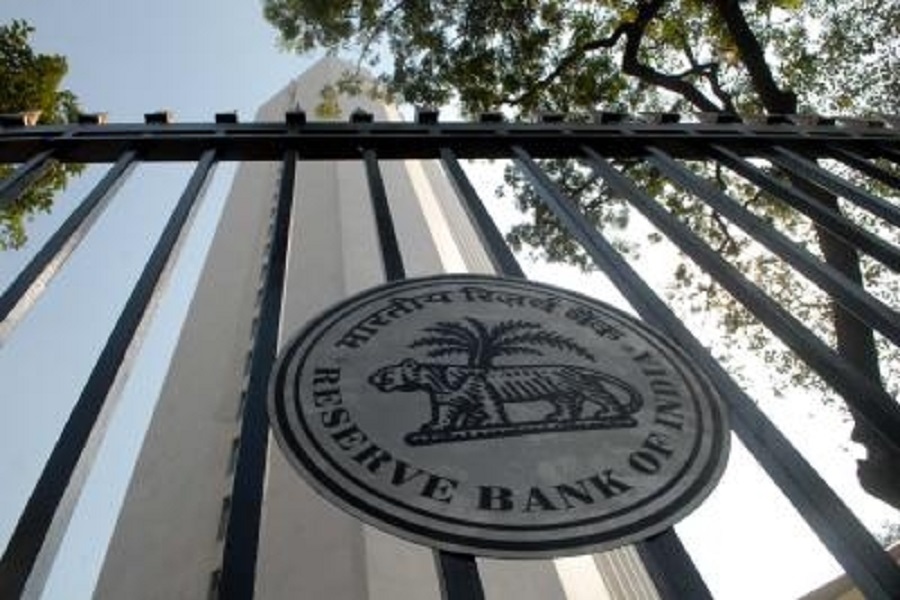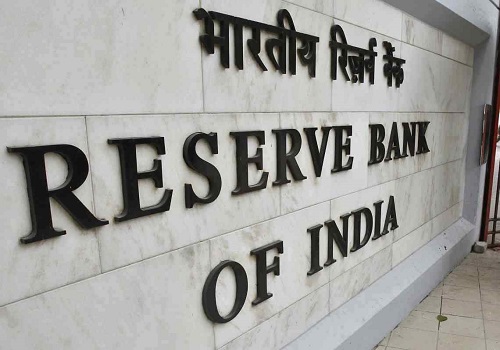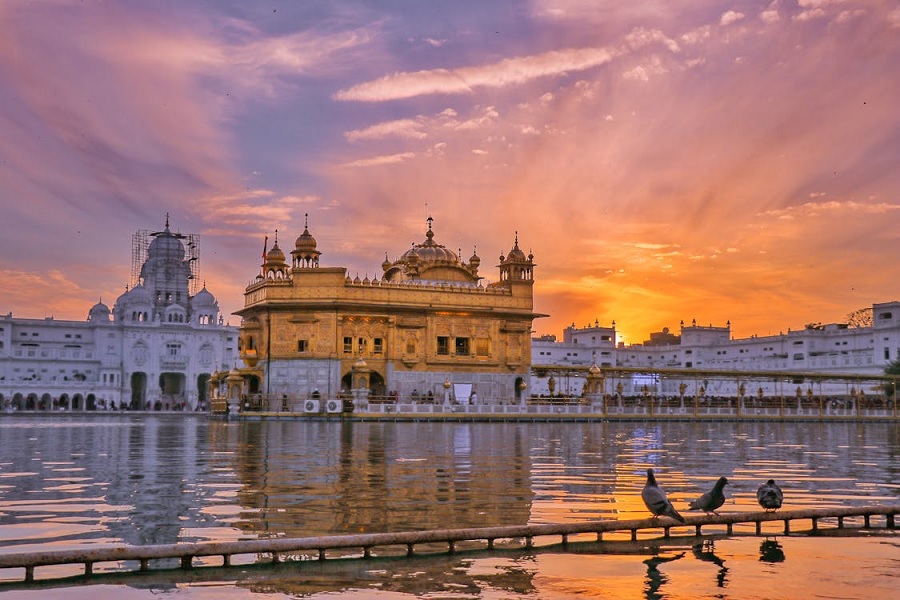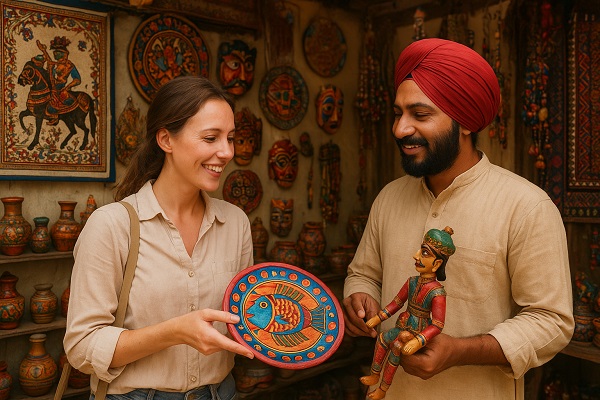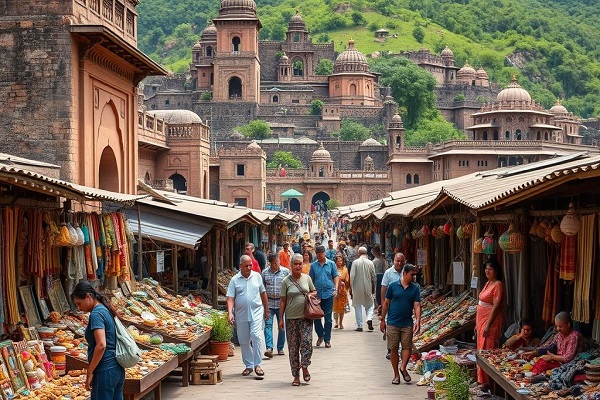The Golden Temple: A Beacon of Cultural Tourism in Amritsar

The Golden Temple, also known as Sri Harmandir Sahib, is a shining emblem of India’s cultural and spiritual heritage. Located in Amritsar, Punjab, this revered Sikh shrine is not just a place of worship but also a symbol of unity, inclusivity, and architectural brilliance. Adorned with a gold-plated facade and surrounded by the serene Amrit Sarovar, the temple attracts millions of tourists annually, making it a cornerstone of cultural tourism in India.
Historical Significance
The Golden Temple was established by Guru Ram Das, the fourth Sikh Guru, in 1577 and completed by Guru Arjan Dev, the fifth Sikh Guru. Over the centuries, it has served as a spiritual center for Sikhs and a beacon of peace for people from all walks of life. Maharaja Ranjit Singh's contribution in the early 19th century, particularly the gold plating of the temple, added to its grandeur. Despite enduring challenges, including invasions, the temple stands resilient, embodying the strength and faith of the Sikh community.
Architectural Marvel
Design and Layout
The Golden Temple is situated on a square platform in the middle of the Amrit Sarovar. Its four entrance gates symbolize the openness and inclusivity of Sikhism, welcoming people from all corners of the world.
Golden Facade
The temple's shimmering gold-clad exterior, crowned with an inverted lotus dome, is a masterpiece of Mughal and Rajput architectural influences.
Sacred Amrit Sarovar
Encircling the temple, the Amrit Sarovar (Pool of Nectar) is considered holy. Pilgrims often take a ritual dip, believing in its spiritual and healing properties.
Artistic Interiors
The walls and ceilings inside the temple feature intricate mirror work, inlaid precious stones, and frescoes depicting Sikh philosophy and history, showcasing unparalleled craftsmanship.
Cultural Tourism at the Golden Temple
Langar: The Community Kitchen
The Golden Temple houses the world's largest free community kitchen, or langar, serving meals to over 100,000 people daily. This tradition highlights Sikh values of equality and selfless service.
Festivals and Celebrations
The temple becomes a focal point during Sikh festivals like Gurpurab and Vaisakhi. The illuminated complex, soulful kirtans, and special ceremonies offer a deeply enriching cultural experience.
Spiritual Retreat
Visitors are mesmerized by the serene ambiance, devotional hymns, and the opportunity to engage in meditation, providing a profound spiritual retreat.
Guided Heritage Tours
Tourists can join guided tours to learn about Sikh history, the significance of the Golden Temple, and its role in promoting universal values.
Preservation and Sustainability
The Golden Temple is managed by the Shiromani Gurdwara Parbandhak Committee (SGPC), which ensures its preservation and upkeep. Initiatives like solar power usage, waste management systems, and eco-friendly practices contribute to maintaining its sanctity and sustainability.
Travel Tips
Best Time to Visit
The temple is open year-round, but winter months (October to March) or major Sikh festivals offer the most vibrant experiences.
How to Reach
By Air: Sri Guru Ram Dass Jee International Airport in Amritsar is the nearest airport.
By Train: Amritsar Junction Railway Station is well-connected to major cities.
By Road: Amritsar has excellent road connectivity to nearby states.
Dos and Don’ts
Cover your head before entering the temple.
Remove shoes and wash your feet.
Respect the serene atmosphere and avoid loud conversations.
Nearby Attractions
Jallianwala Bagh: A historical garden commemorating the 1919 massacre.
Partition Museum: Offering insights into the Partition of India in 1947.
Wagah Border: Famous for its daily flag-lowering ceremony.
Conclusion
The Golden Temple is more than a sacred site; it is a living embodiment of India’s rich cultural and spiritual legacy. Its architectural splendor, inclusive philosophy, and deep historical roots make it a must-visit destination for anyone seeking cultural enrichment. A visit to this iconic landmark is a journey into the heart of Sikhism, offering an unforgettable blend of peace, history, and unity.

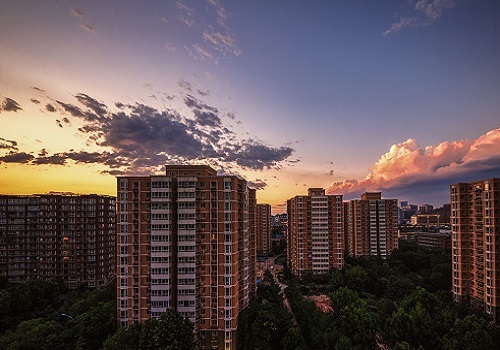


.jpg)



